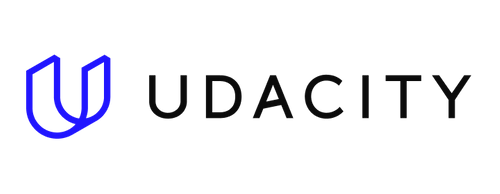Course Features
Duration
5 weeks
Delivery Method
Online
Available on
Limited Access
Accessibility
Desktop, Laptop
Language
English
Subtitles
English
Level
Beginner
Teaching Type
Self Paced
Course Description
Course Overview
International Faculty
Post Course Interactions
Hands-On Training,Instructor-Moderated Discussions
Skills You Will Gain
Prerequisites/Requirements
This course is ideal for students who are new to Python, but have some experience programming in another language If you're a complete beginner to programming, we recommend checking out the Learn to Code program, which will help you skill up in understand
What You Will Learn
Why Python ProgrammingReceive an overview of what you’ll be learning and doing in the courseUnderstand why you should learn programming with Python
Data Types and OperatorsRepresent data using Python's data types: integers, floats, booleans, strings, lists, tuples, sets, dictionaries, compound data structuresPerform computations and create logical statements using Python’s operators: Arithmetic, Ass
Control FlowWrite conditional expressions using if statements and boolean expressions to add decision making to your Python programsUse for and while loops along with useful built-in functions to iterate over and manipulate lists, sets, and dictionariesC
FunctionsDefine your own custom functionsCreate and reference variables using the appropriate scopeUse iterators and generators to create streams of data
ScriptingInstall Python and set up your programming environmentExperiment in the terminal using a Python Interpreter
Course Instructors
Juno Lee
Instructor
